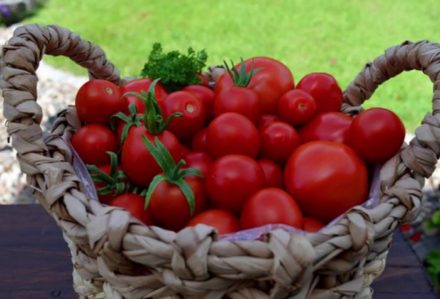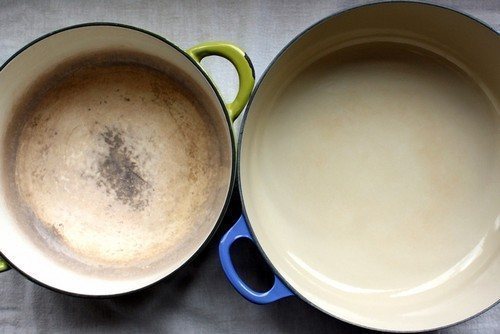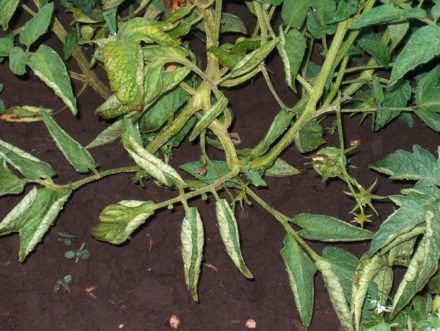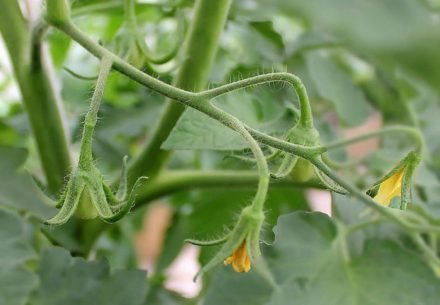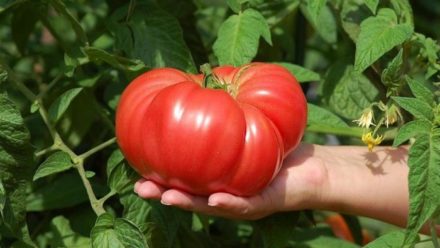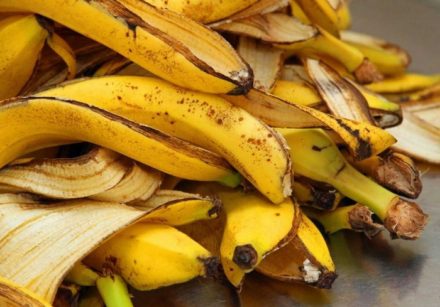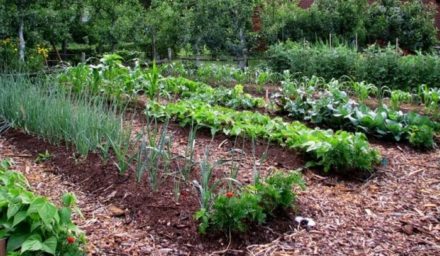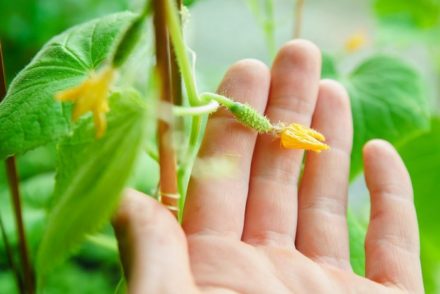With the beginning of the summer season, gardeners are concerned about the growth of green pets, including tomatoes. Strong plants will give an enviable harvest, but it happens that “health” becomes excessive. The green mass increases, but the flowering is weak and the fruits are not set.
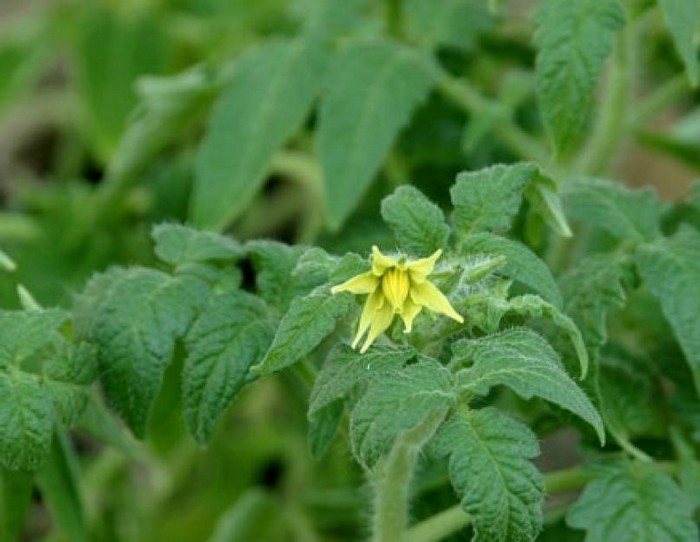
Reasons for “fatification”
Externally, the plant looks beautiful - the color of the leaves is dark green, it is actively growing and throwing out inflorescences, but the upper leaves gather in folds more than usual and curl on the inside. The stem thickens disproportionately. Such signs indicate an increased nitrogen content in the soil. The earth has been overfed with nitrogen-containing mineral supplements or generously manured. If you leave everything as is, the fruits will be small and the yield will be low.
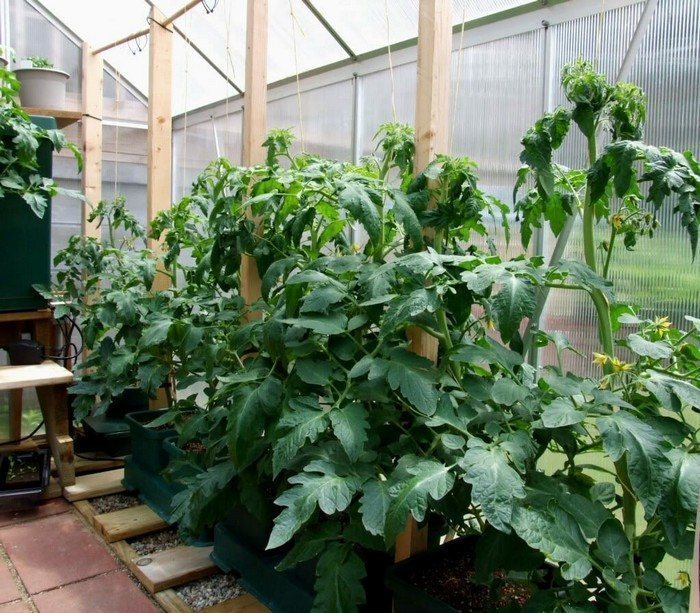
What to do if the plant is “fatten”
Often violations of agricultural technology concern seedlings in closed ground. The problem is usually solved by transplanting them to a permanent place.
For mature plants, there are other methods:
- On sandy loam soils, generous watering of at least 10 liters of water per root helps. Excess nitrogen-containing compounds will go into the deeper layers of the soil. The result will be more noticeable if saltpeter was used. It is more difficult to wash urea out of the soil.
- On heavy loams, chernozem or clay soils, rinsing will block the access of air to the roots, so they use potassium fertilizers, for example, potassium sulfate.
- Another way to combat “fatification” is overdrying. It is used on any soil. The plant is not watered for several days until the folds on the apical leaves begin to straighten. On this day, watering is carried out, and on the following days the condition of the foliage is observed again. If curl is detected, the exposure must be repeated.
- In addition to washing or over-drying, leaves are removed from the bottom to the first cluster, artificially creating a deficit of green mass.
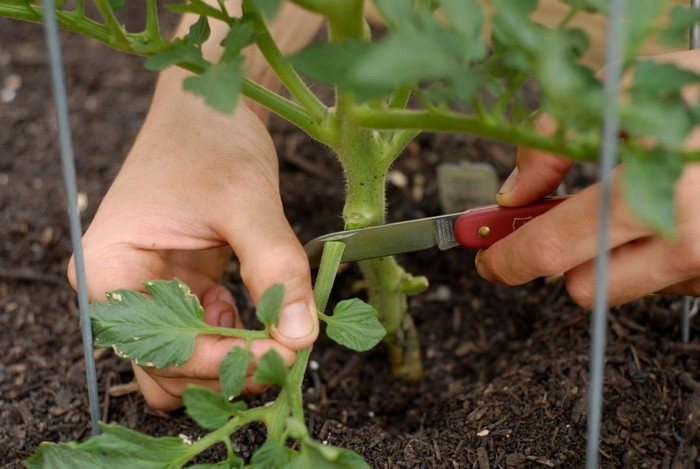
All ways to combat “fatification” are stressful for the tomato. To prevent the plant from losing color and ovaries, foliar feeding is carried out with boric acid, “Bud”, “Betoxone” or similar preparations. It is important to follow the correct dosage specified by the manufacturer to avoid burns.
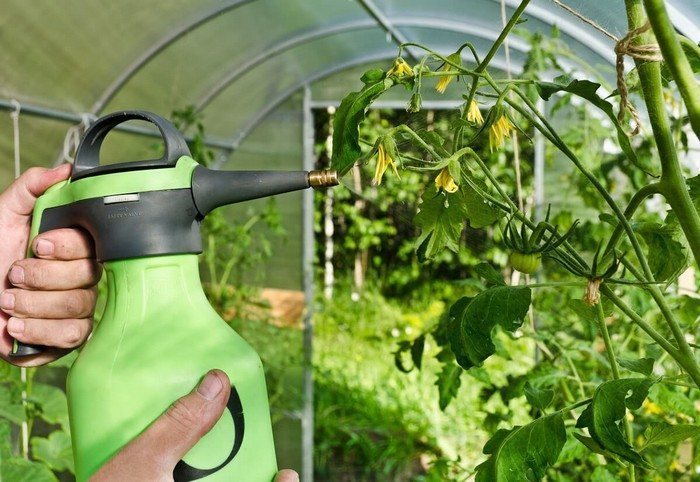
How to prevent overgrowth
Tomatoes are a crop that is not too demanding on soil. Feeding is needed when the leaf mass is insufficient and the stem is too thin to support the weight of future fruits. After transplanting into open ground, you should feed only if growth has slowed down and the leaves have acquired a light green or yellowish color.
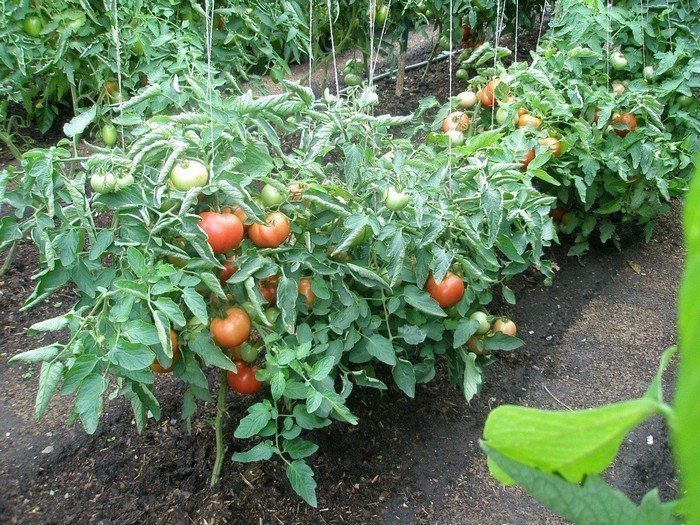
Pay attention to the appearance of the plant. The color and shape of the leaves, growth rate will tell about his well-being and needs. Remember that excessively increasing the nutritional value of the soil will not speed up the harvest.


